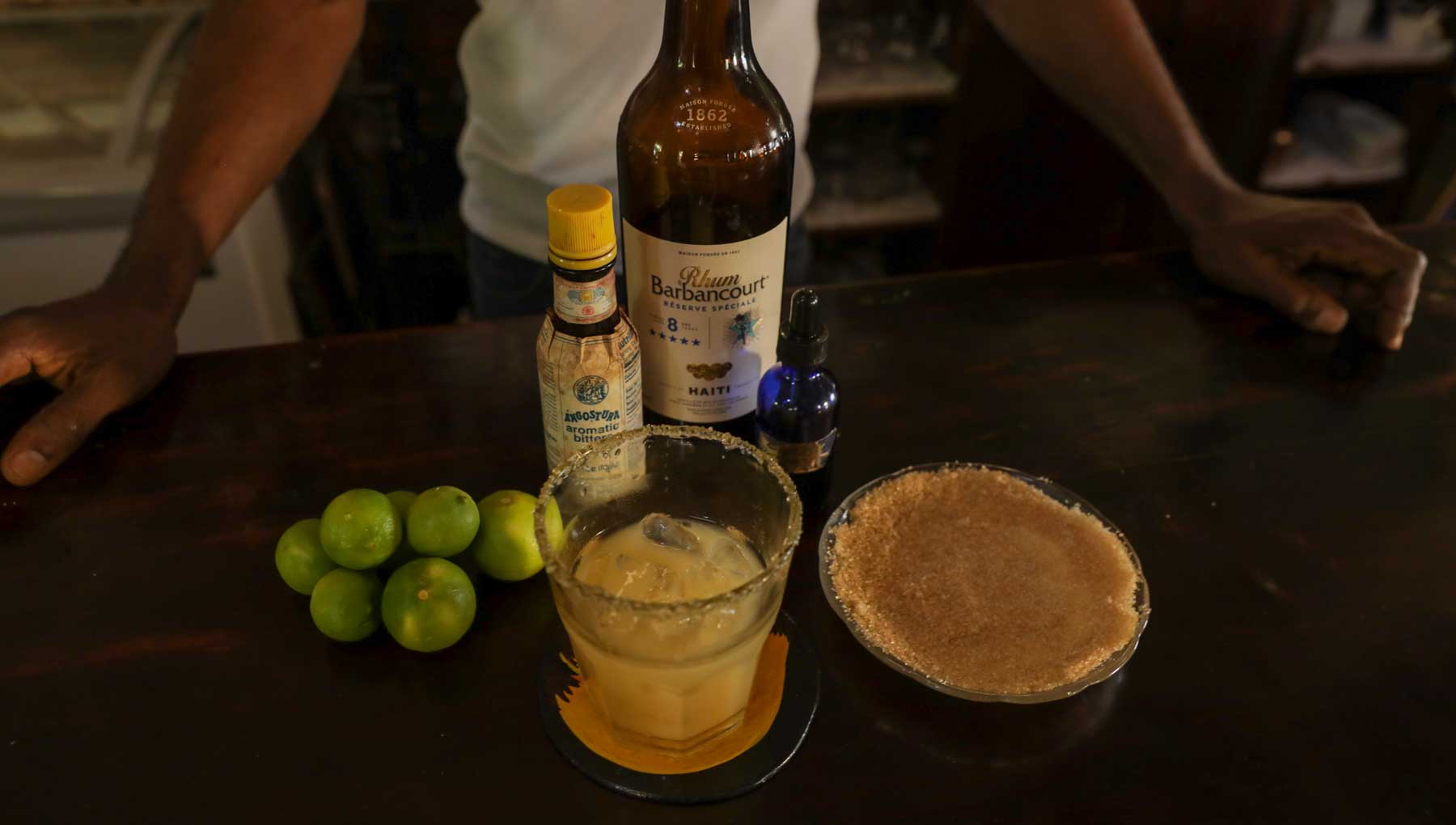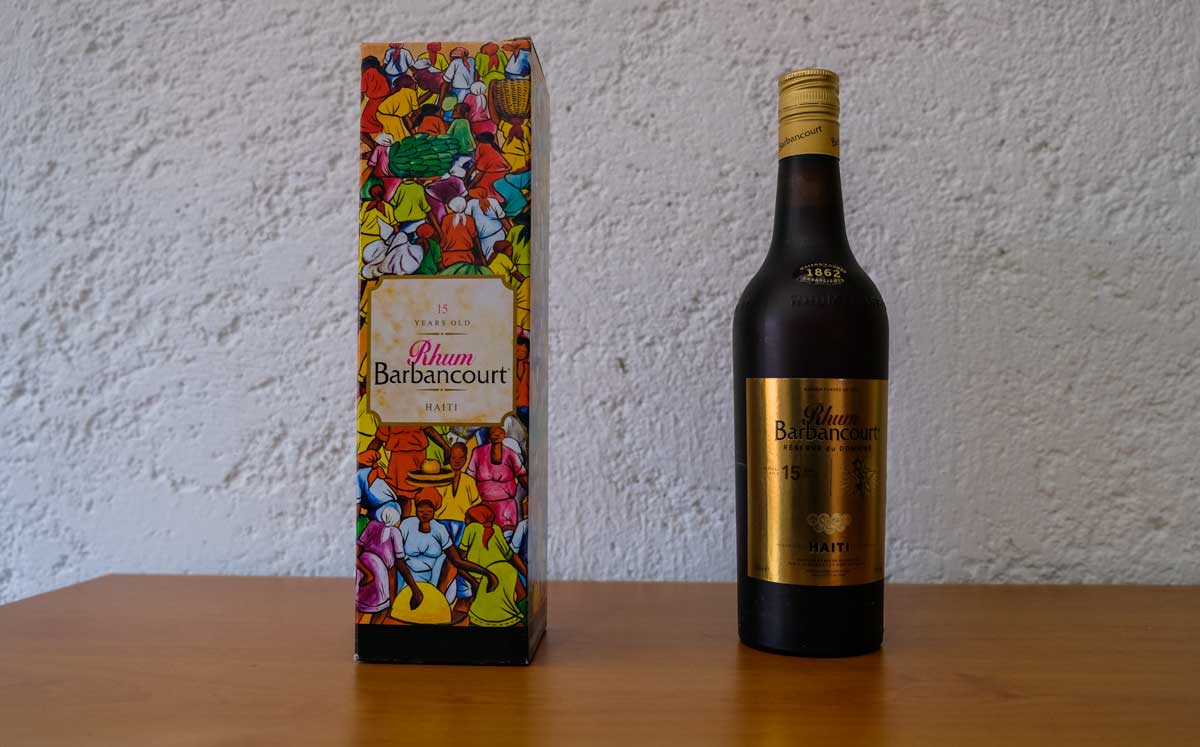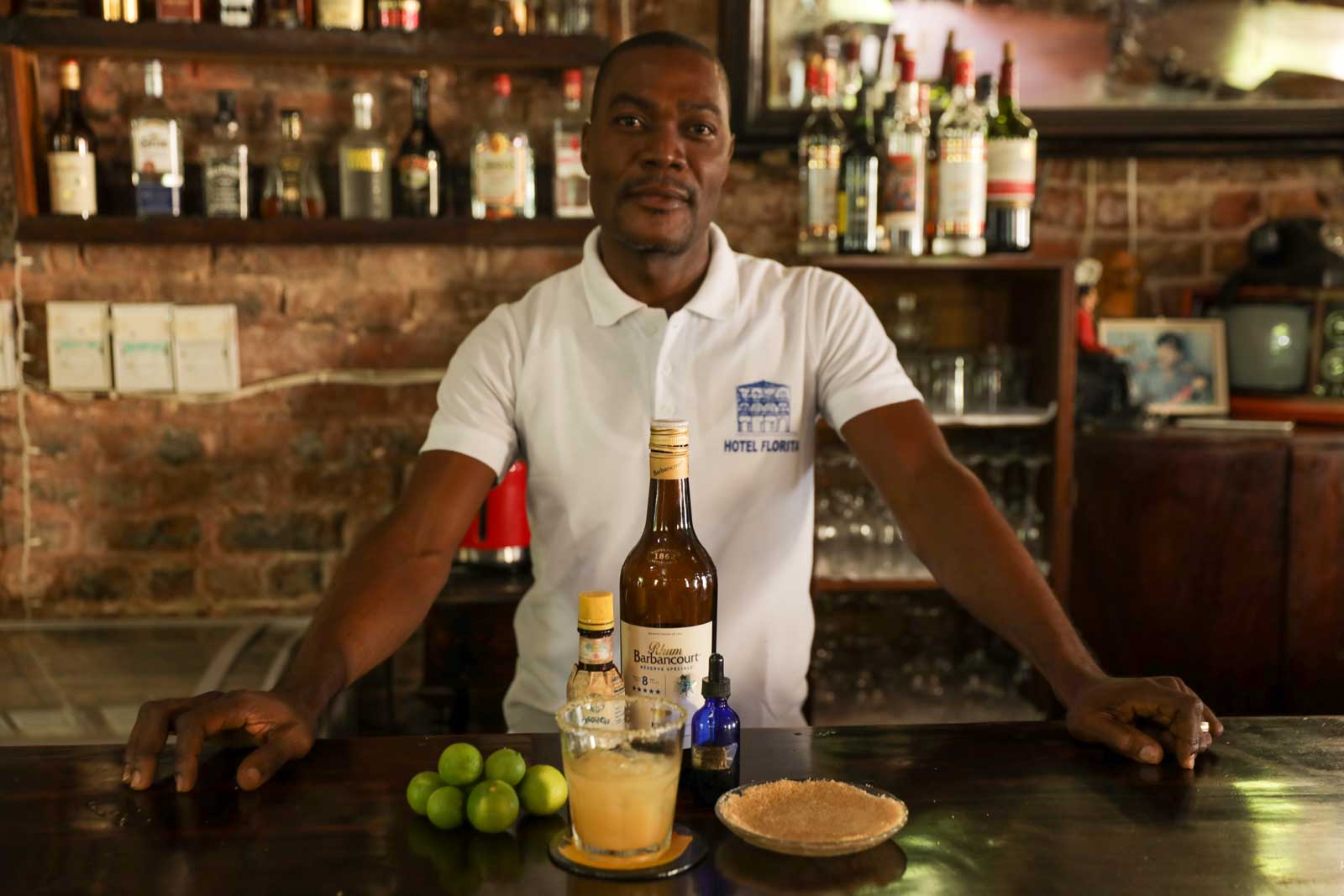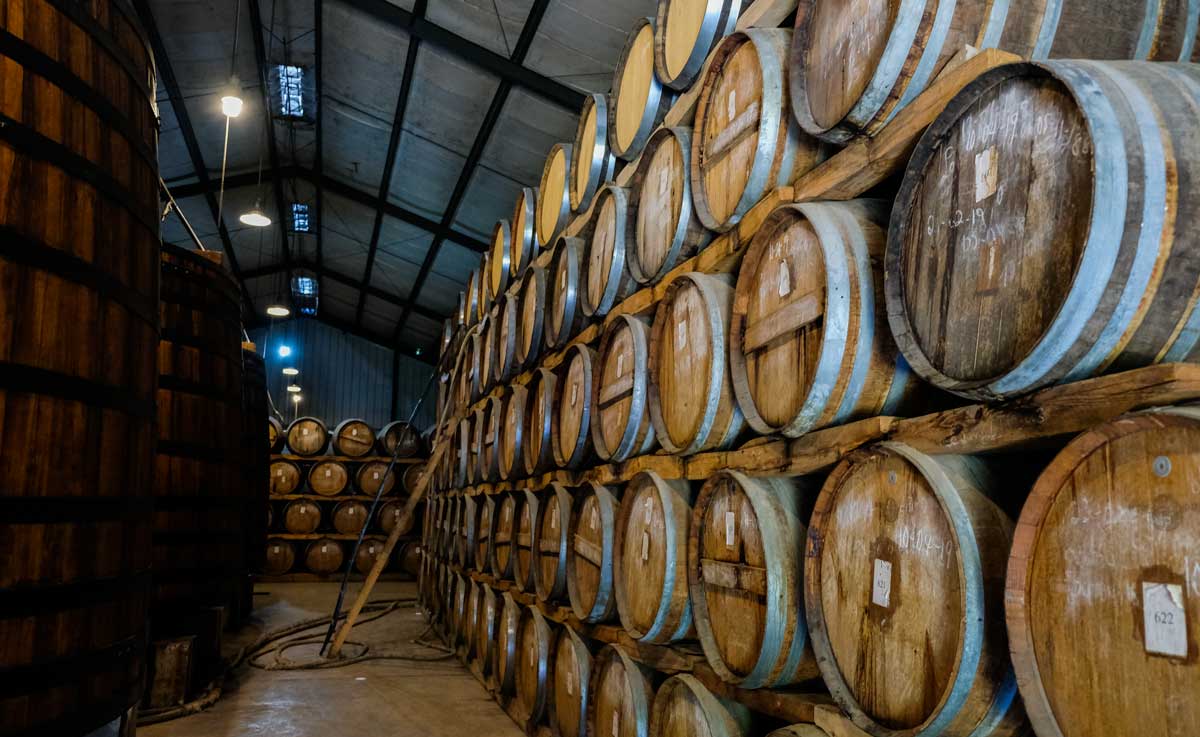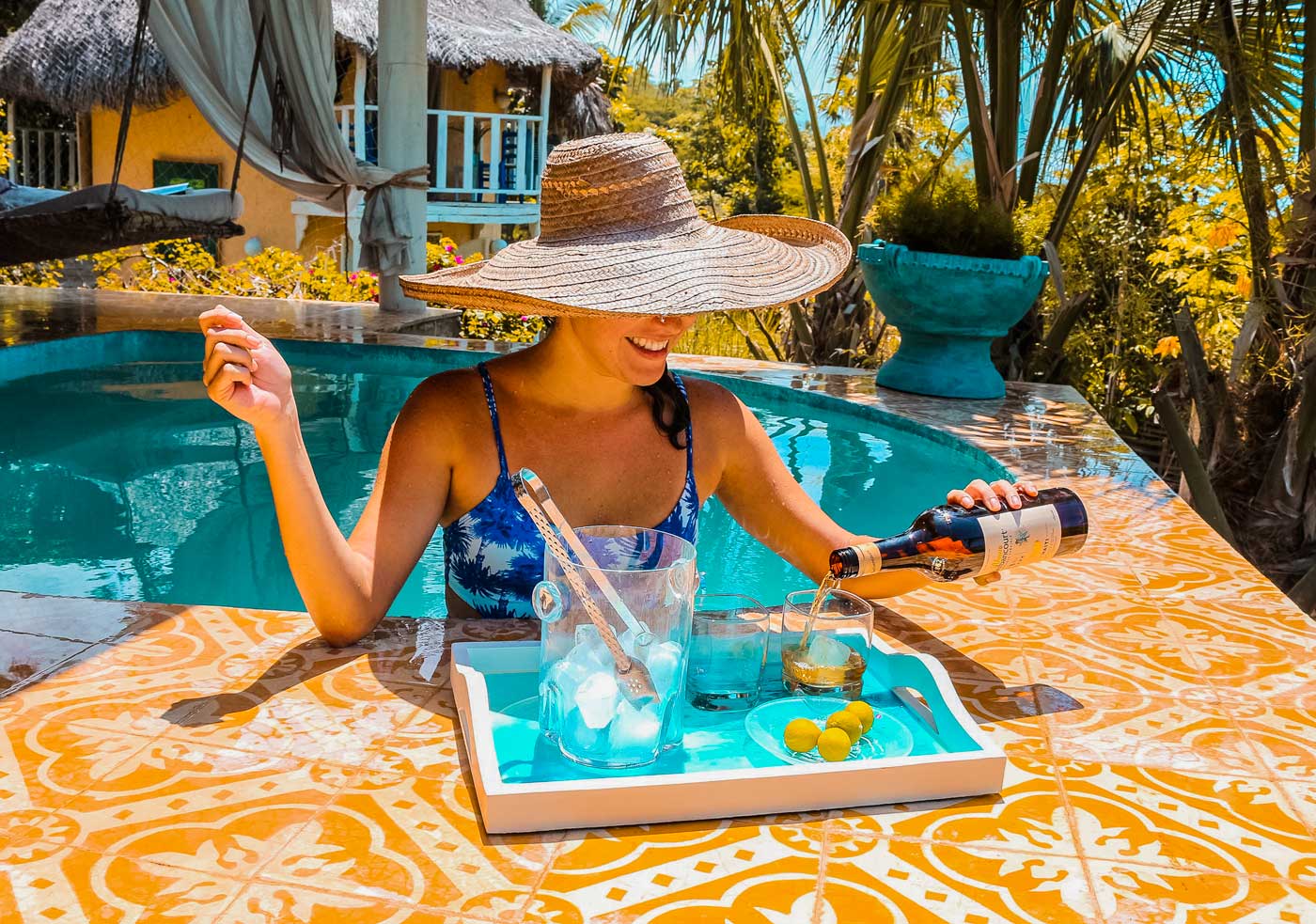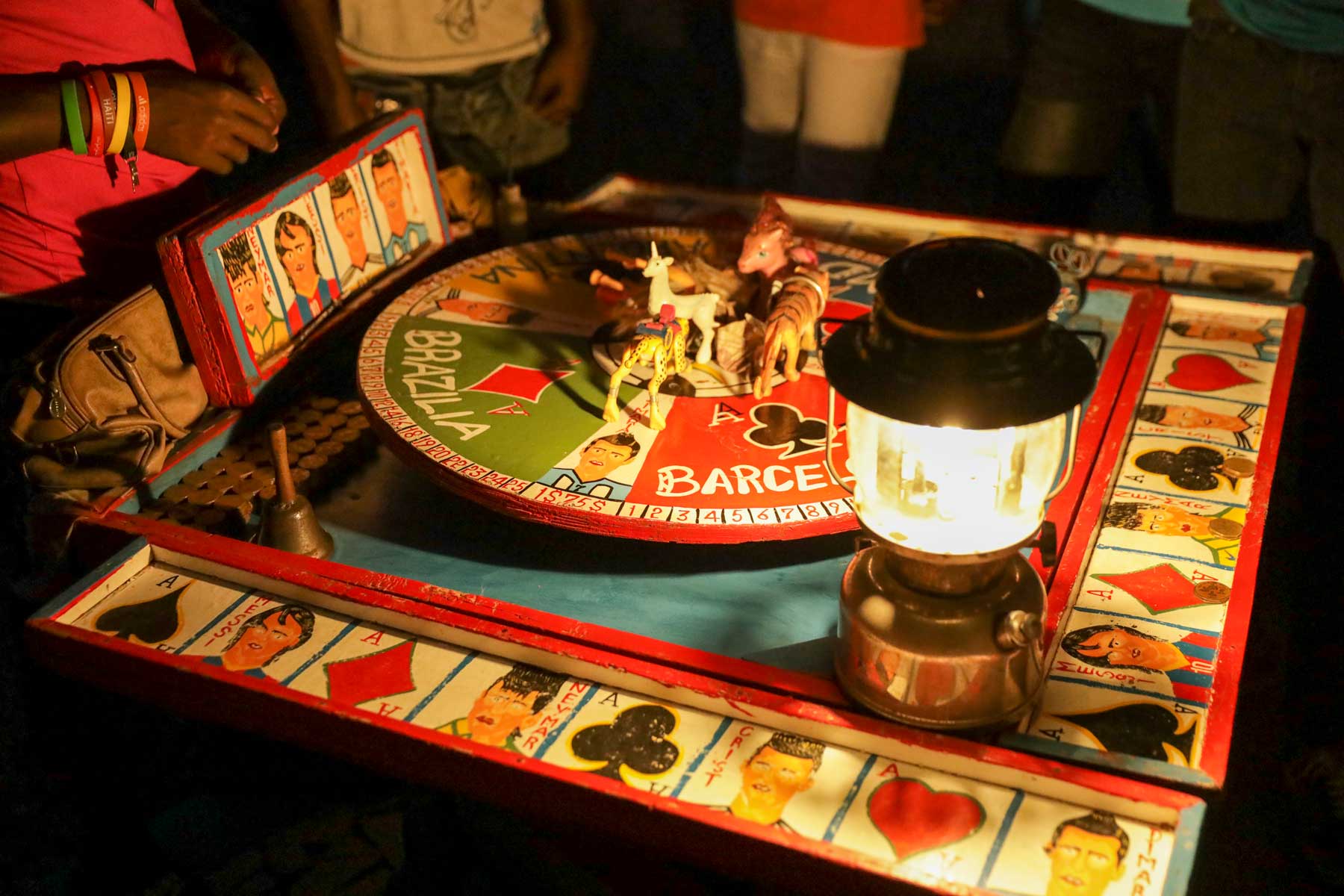
Photo: Mikkel Ulriksen
Test Your Knowledge – How Many Facts about Haiti Do You Know?
Haiti is a country full of rich culture, beautiful people, gorgeous beaches, mountains, and mesmerizing architecture. Can you name some famous fortresses or historical people? Here’s a great way to test your knowledge!
Ever been to Haiti? Yes, no, maybe so? Regardless, we hope you find this quiz fun and informative. If you’re a new visitor, hopefully this quiz will inspire you to experience Haiti up close! Let’s test your knowledge on the ins and outs with these 18 cultural facts about Haiti.
Let’s test your knowledge on these cultural facts about Haiti
How did it go? If you’re feeling brave like Toussaint Louverture our “How Haitian are you?” Quiz is just right for you! If you want to access your inner Captain Morgan try our “Can You Place 12 Haitian Cities on the Map?” Quiz!
Created by Zachary Warr.
Published December 2021.
Explore Haiti’s Culture & Art

Paradise for your inbox
Your monthly ticket to Haiti awaits! Get first-hand travel tips, the latest news, and inspiring stories delivered straight to your inbox—no spam, just paradise.


